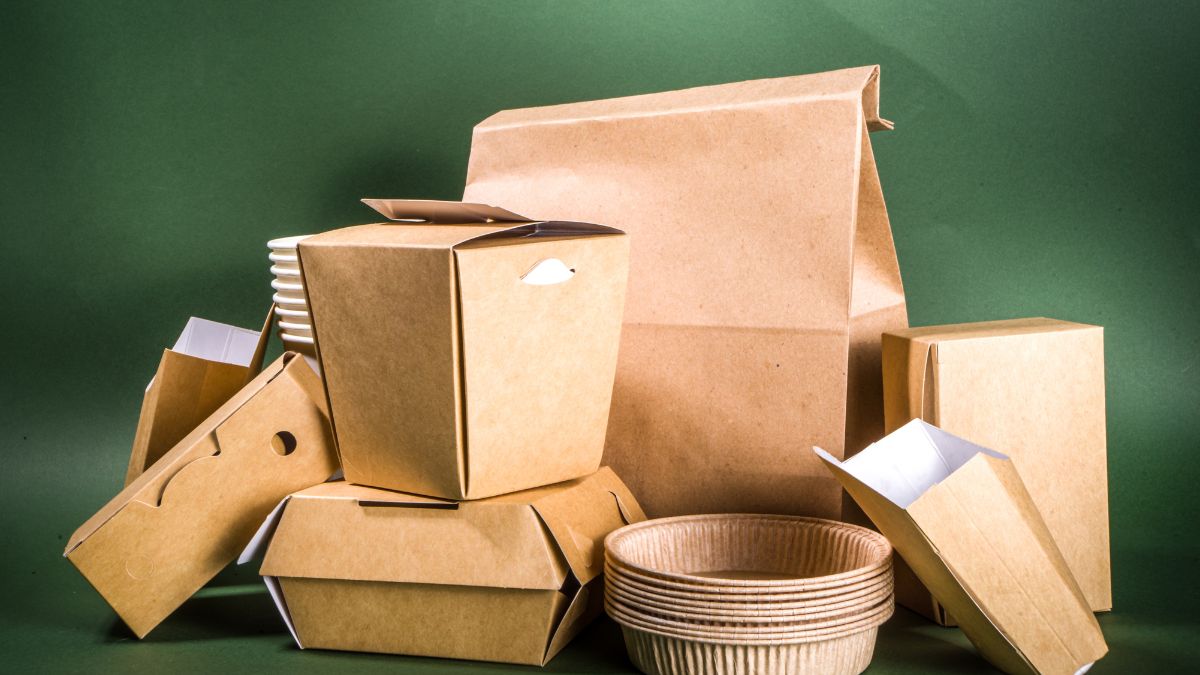
Packaging is more than just a protective layer—it’s your brand’s first impression, your product’s shield, and a critical component in ensuring customer satisfaction. Whether you’re in food production, e-commerce, or retail, choosing the right packaging material can make or break your product’s success in the market.
Let’s explore the most important factors to consider when selecting packaging materials, especially for food products.
1. Cost-effectiveness
Balancing quality and budget is key when choosing packaging materials. Some high-end materials might look great but come at a premium. Evaluate whether the benefits—such as durability, branding potential, or customer experience—justify the additional cost. Bulk pricing, long-term supplier partnerships, or choosing versatile materials can help lower overall expenses.
2. Durability and product protection
Packaging must withstand the realities of shipping, warehousing, and handling. Fragile or perishable products require sturdy, protective materials that prevent damage or spoilage. Evaluate impact resistance, moisture protection, and temperature control depending on your product’s needs.
3. Eco-friendliness and sustainability
Modern consumers are increasingly eco-conscious. Choosing recyclable, biodegradable, or compostable materials can reduce your brand’s environmental impact. Options like paper-based cartons, bagasse, and biodegradable plastics offer both function and sustainability—making them a smart choice for both the planet and your brand image.
4. Customizability and branding potential
Your packaging is a silent brand ambassador. Opt for materials that can be easily printed, embossed, or molded to carry your brand’s logo, color scheme, and messaging. Custom packaging not only enhances shelf appeal but also builds brand recognition and trust.
5. Security and tamper-resistance
For high-value or sensitive items, security is paramount. Packaging should guard against tampering, pilferage, and external contaminants. Seals, labels, and tamper-evident designs are especially crucial for pharmaceuticals, food, and electronics.
Packaging considerations for food products
Food packaging must meet strict safety and regulatory standards. Here’s what to focus on:
✓ Safety and functionality
Food packaging must preserve freshness, prevent contamination, and be resistant to temperature shifts during transit. It should also be food-grade certified and compatible with the product’s shelf life needs.
✓ Design for shelf appeal
Attractive packaging can influence purchase decisions at the point of sale. Think about how your packaging will look on both physical shelves and digital marketplaces. Clarity, color, and structure all play a role.
✓ Optimized for e-commerce
Online food sales require packaging that is durable, compact, and easy to ship. Flat-packed materials, resealable designs, and tamper-proof elements can reduce return rates and improve customer satisfaction.
Choosing the right food packaging partner
Selecting a reliable food packaging manufacturer is as critical as the materials themselves. Look for:
-
Proven experience in food-grade packaging
-
ISO certifications and safety compliance
-
Transparent communication and quick lead times
-
Customization capabilities and sustainability track record
A dependable partner like with decades of experience and scalable solutions for dry food products, can offer peace of mind as your business grows.
Final thoughts
Your packaging isn’t just a container—it’s a vital component of your product strategy. By weighing factors like cost, durability, sustainability, and branding, you can choose packaging materials that not only protect your product but also support your business goals.
Need help scaling your food packaging process? Partner with experienced experts to meet growing demand without sacrificing quality or compliance.

